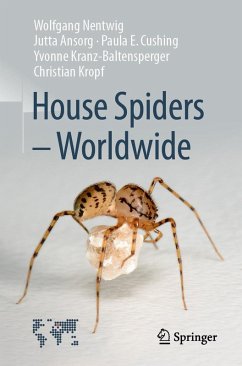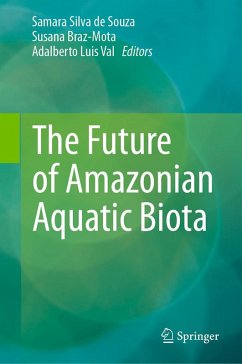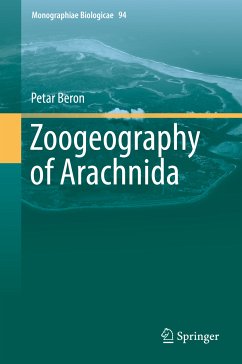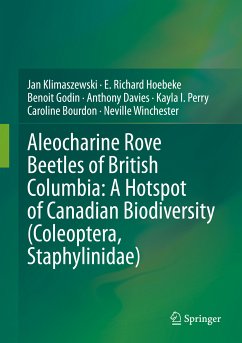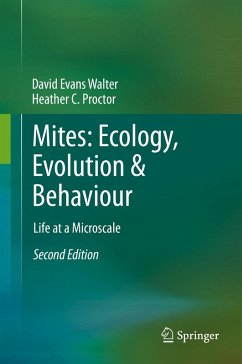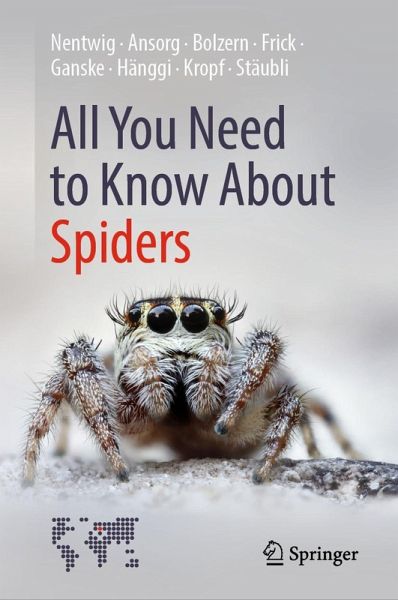
All You Need to Know About Spiders (eBook, PDF)
Versandkostenfrei!
Sofort per Download lieferbar
24,95 €
inkl. MwSt.
Weitere Ausgaben:

PAYBACK Punkte
12 °P sammeln!
All You Need to Know About Spiders Spiders are super predators and devour everything they can overpower. To do this, they have developed incredibly good catching techniques and, with spider silk, a tool that makes material technology green with envy. The males are usually smaller than the females and, in order to have sex, they have to come up with a lot to avoid being misunderstood as easy prey: Dancing, drumming, and gifts almost always help. Spiders use their venom in very precise doses, and since humans are not on their menu, they are harmless to us. Many people's (unnecessary) fear of spi...
All You Need to Know About Spiders
Spiders are super predators and devour everything they can overpower. To do this, they have developed incredibly good catching techniques and, with spider silk, a tool that makes material technology green with envy. The males are usually smaller than the females and, in order to have sex, they have to come up with a lot to avoid being misunderstood as easy prey: Dancing, drumming, and gifts almost always help. Spiders use their venom in very precise doses, and since humans are not on their menu, they are harmless to us. Many people's (unnecessary) fear of spiders finds cultural roots as early as the Middle Ages. Nevertheless, spider fear is easily treatable. There is no habitat or building without spiders. And that's a good thing, because spiders have fascinating properties and their world is full of surprises. Everything you need to know about them is explained in this book in understandable language by experts for laymen. In addition, some of the most common spider species in the house and garden are briefly presented with tips for observation.
The authors
This book is authored by eight scientists, all of them members of the Association for the Promotion of Spider Research: Wolfgang Nentwig, Jutta Ansorg, Angelo Bolzern, Holger Frick, Anne-Sarah Ganske, Ambros Hänggi, Christin Kropf und Anna Stäubli
Dieser Download kann aus rechtlichen Gründen nur mit Rechnungsadresse in A, B, BG, CY, CZ, D, DK, EW, E, FIN, F, GR, HR, H, IRL, I, LT, L, LR, M, NL, PL, P, R, S, SLO, SK ausgeliefert werden.
Alle Preise in Euro und inkl. der gesetzl. MwSt. | Innerhalb Deutschlands liefern wir preisgebundene Bücher versandkostenfrei. Weitere Informationen: bitte hier klicken
Support
Bitte wähle dein Anliegen aus:
Rechnungen
Bestellstatus
Retourenschein
Storno



